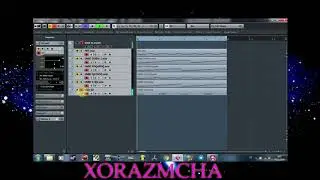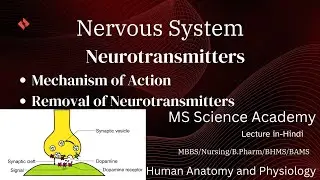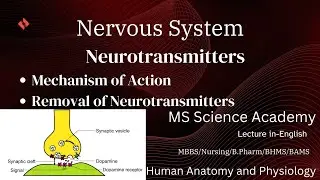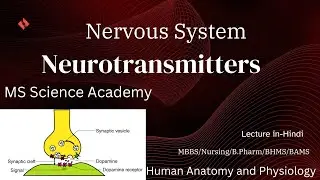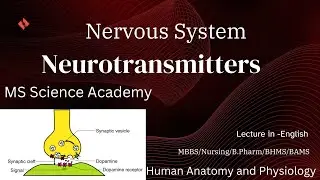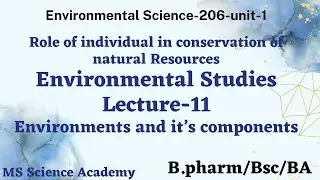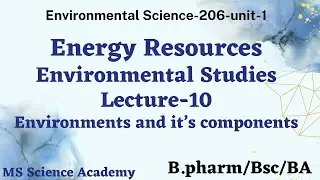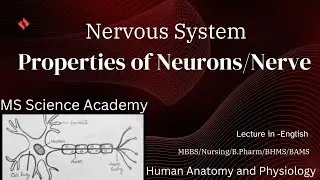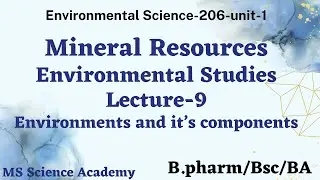Energy Resources-206-EVS-B.Pharm/BA/BSc-unit-1
Energy resources
Resources which can be used to produce energy. Three primary types of energy
fossil fuels
nuclear energy
renewable energy
Main Sources of Energy Resources-Energy resources can be divided into two categories, namely, renewable and non-renewable.
Non-renewable resources, such They are exhaustible and cannot be replaced once they have been used up. e.g. fossil fuels, uranium & plutonium, etc.
Renewable resources- They are replenishable and include sources like solar, wind, and hydro.
Fossil Fuels-Fossil fuels are non-renewable sources of energy which have been formed from the remains of prehistoric animals and plants. Eg-Coal, Natural gas, Petroleum
Nuclear Energy-Nuclear energy is produced from nuclear fission, eleases massive amounts of energy.
Solar Energy-Solar energy is a renewable energy resource that utilizes solar panels for power generation.
Solar Cells -Solar cells are made of semiconductor materials like silicon. Solar cells convert radiating light and heat from the sun into other forms of energy such as electrical energy and heat.
Advantages of Solar Cells:
Environmental Sustainability: Solar panels generate clean and green energy as no harmful gases such as CO2, NO2 etc are emitted.
Economically Viable: The operation and maintenance costs of cells are very low.
Accessible: Solar panels are easy to set up and can be made accessible in remote locations.
Renewable
Disadvantages of solar energy:
The efficiency of solar panels is low compared to other renewable sources of energy.
Energy from the sun is intermittent and unpredictable
difficult to carry.
Solar panels are fragile and can be damaged relatively easily.
High cost.
Wind Energy-Wind energy is an alternative energy source that utilize the power of the wind using wind turbines.
Wind Energy Advantages
1. Wind is a type of clean energy-wind energy is clean energy,
2. Wind is a renewable energy.
3. Wind turbines save space
4. Wind power generate alternative energy source.
Disadvantages of Wind Energy-
1. Wind turbines can be dangerous to some wildlife- Wind turbines can be fatal to wildlife.
2. Wind turbines can be noisy-
3. Wind power is limited by location- ideal locations in coastal areas, hills, and open fields where the wind is especially strong, it doesn’t blow all the time.
4. Infrastructure cost is effective.
Geothermal Energy-Geothermal energy is another clean energy source that taps into the Earth’s natural heat to produce electricity. It utilizes geothermal power plants or heat pumps to access hot water and steam for power generation. While it is limited to areas with high levels of geothermal activity.
Hydroelectric Energy-Hydroelectric power utilizes moving water from reservoirs to generate electricity. Hydroelectric energy is one of the most reliable clean energy sources.
Environmental Impacts
Energy sources have varying levels of impact on the environment, including these 4 key areas:
• Climate change
• Air pollution – Fossil fuels, biomass, and nuclear produce harmful particles. Exposure to these pollutants can put individuals at risk for respiratory issues, heart problems, and even cancer.
• Water pollution – Improper extraction of fossil fuels and poor handling of nuclear can also contaminate water sources
.
• Ecological destruction – Certain energy sources require infrastructure which can result in habitat loss for the local flora and fauna.



